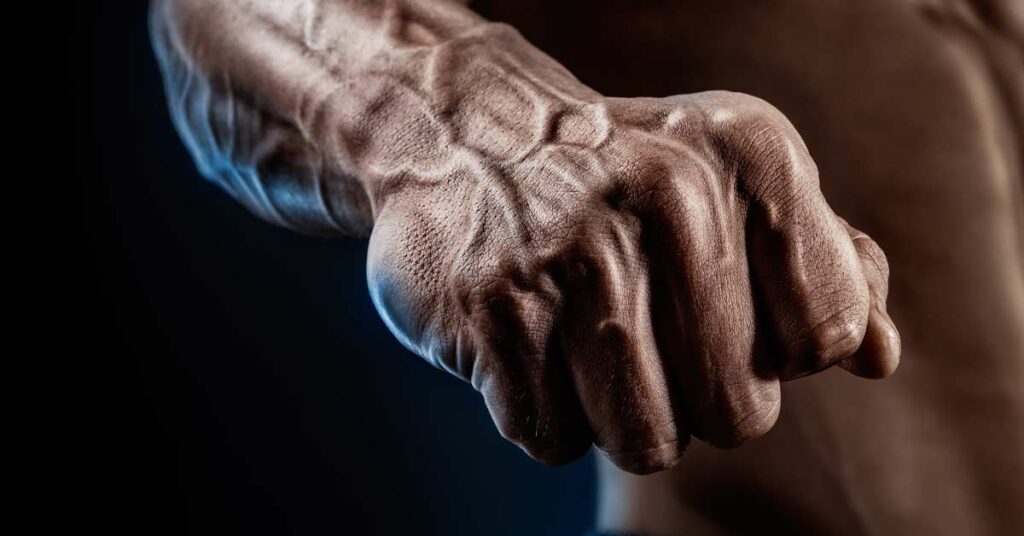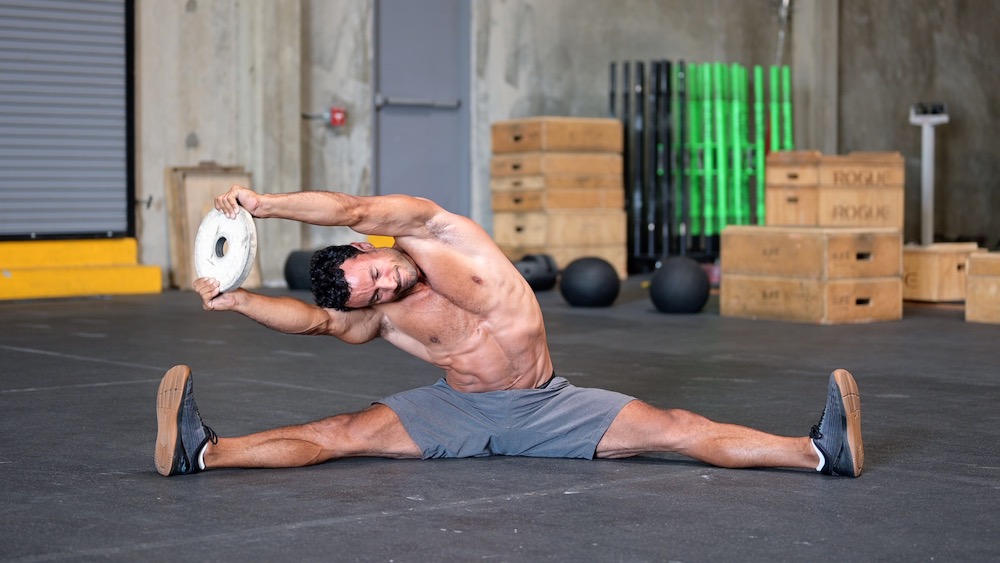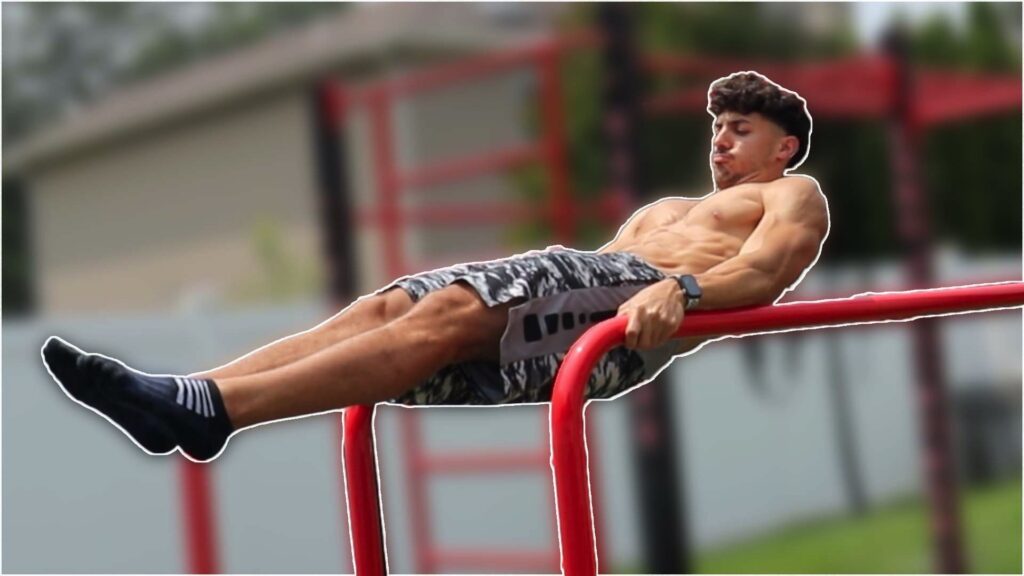Abductors vs. Adductors: What’s the Difference and Why They’re Essential for Leg Strength

When it comes to leg workouts, many people focus on quads, hamstrings, and glutes, often overlooking two key muscle groups: abductors and adductors. These muscles play vital roles in stabilizing your lower body and enhancing movement. Let’s dive into the similarities, differences, and importance of each.
What Are Abductors?
Your abductors are the muscles located on the outer part of your hips and thighs. Their primary role is to move your legs away from the midline of your body, a movement known as abduction. These muscles help stabilize your hips and pelvis, particularly during lateral movements like side steps or when you’re standing on one leg.
Workouts for Abductors:
-
- Side-Lying Leg Raises: Lying on your side, lift your top leg up and lower it back down in a controlled manner.
- Outer Thigh Machine: Set and drive your knees outward with a moderately difficult weight.
- Lateral Band Walks: Place a resistance band around your thighs and take wide steps to the side to engage your abductors.
- Cable Hip Abductions: Using a cable machine, attach a band to your ankle and move your leg outward to work your outer hip.
What Are Adductors?
Your adductors, on the other hand, are located on the inner thighs. Their main function is to bring your legs back toward the center of your body, a movement called adduction. These muscles are crucial for keeping your legs stable and maintaining balance during activities like walking, running, or jumping.
Workouts for Adductors:
- Sumo Squats: With a wide stance, squat down, focusing on pushing your knees outward and engaging the inner thighs.
- Adductor Machine: Most gyms have a machine where you push your knees together to target the adductors directly. Try pausing in the middle to increase the time under tension.
- Side Lunges: Step to the side and lower into a lunge, focusing on the inner thigh as you return to the standing position.
Similarities and Differences
Both abductors and adductors are involved in stabilizing the hips and controlling leg movement, but they work in opposite directions. While the abductors pull the leg away from the body, the adductors pull it inward. Together, they help maintain balance, coordination, and support dynamic movements like running, jumping, or changing direction quickly.
Why Are They Both Important?
Strong abductors are essential for lateral stability, helping to prevent knee injuries and improve balance. Athletes, particularly in sports requiring quick direction changes like soccer or basketball, rely heavily on these muscles.
Your adductors are equally important, particularly for movements that involve bringing the legs together or maintaining balance. Weak adductors can lead to instability, particularly in activities like skiing, running, or even walking on uneven surfaces.
Conclusion
Both the abductors and adductors are vital for lower body strength and stability. Training them helps reduce injury risk, improve athletic performance, and maintain functional movement. Incorporating exercises that target these muscle groups ensures you develop a well-rounded lower body capable of handling various physical activities.
You Got This!
Subscribe to our newsletter and be the first to find out about new articles.






